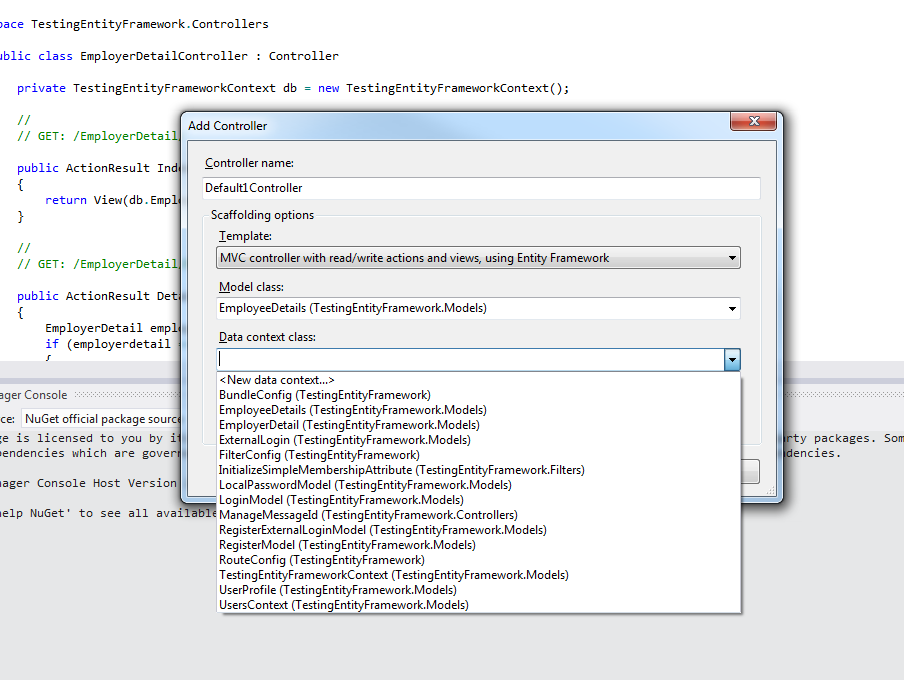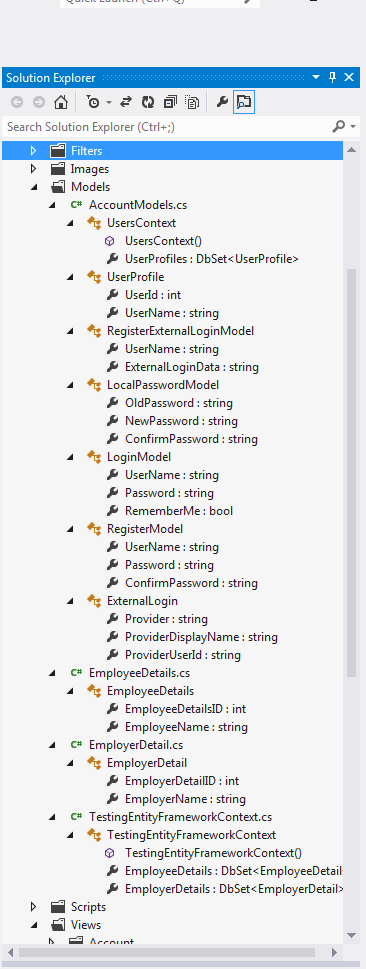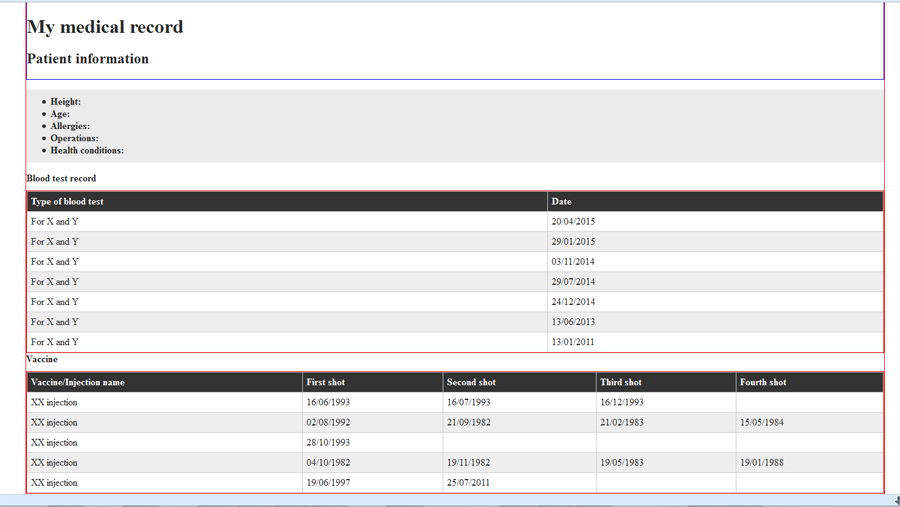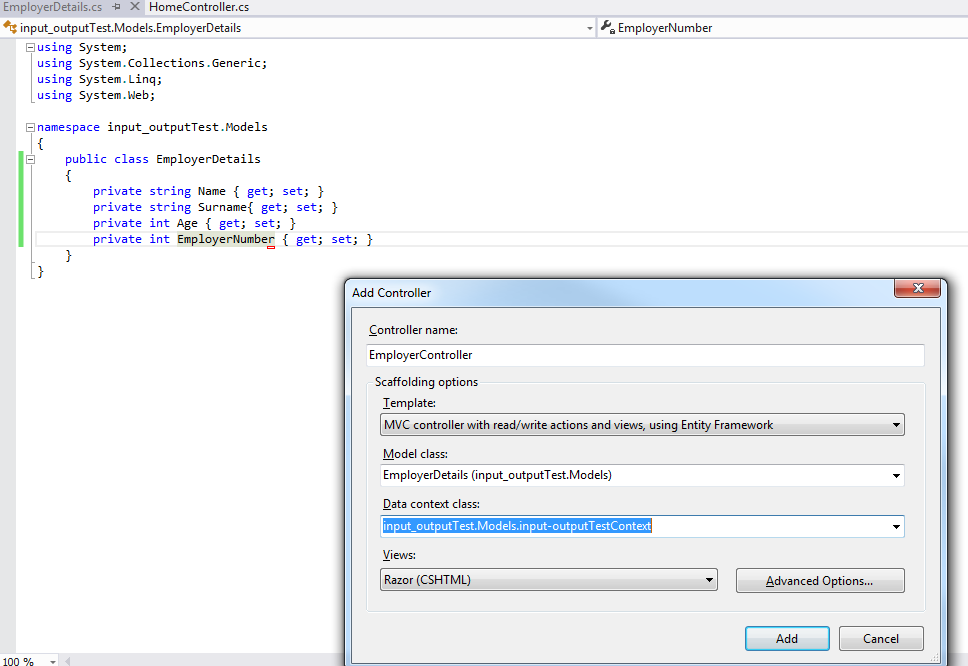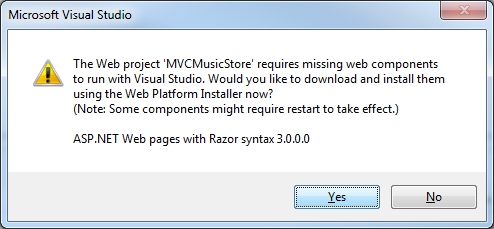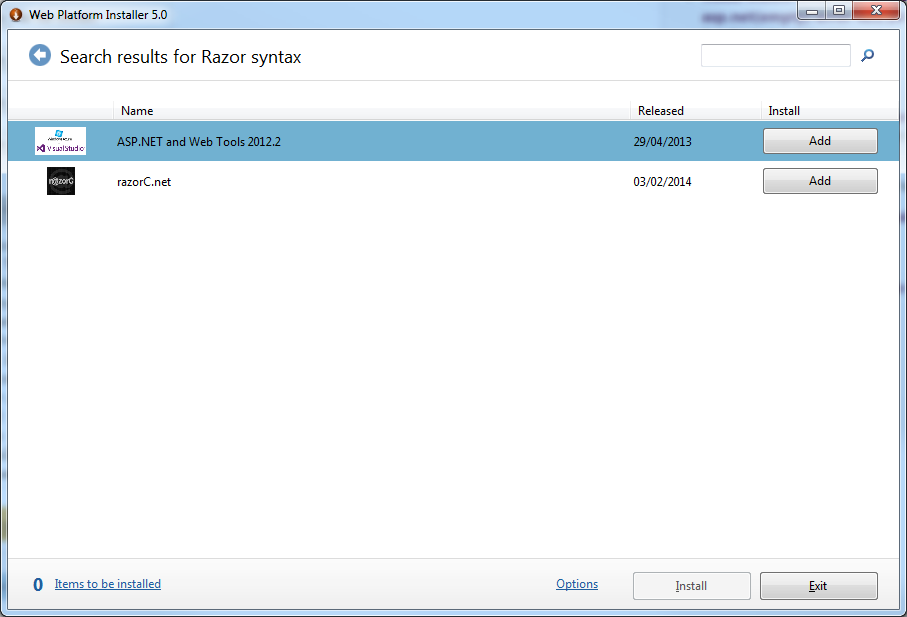No problem, yes it crossed my mind it might have something to do with the migration, I think I've seen a post talking about it. Hope it all went OK
Violet_82 89 Posting Whiz in Training
Violet_82 89 Posting Whiz in Training
Violet_82 89 Posting Whiz in Training
Violet_82 89 Posting Whiz in Training
Violet_82 89 Posting Whiz in Training
